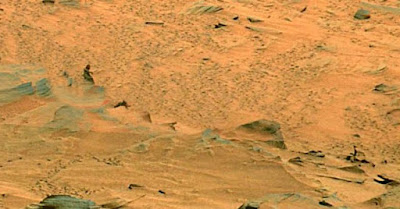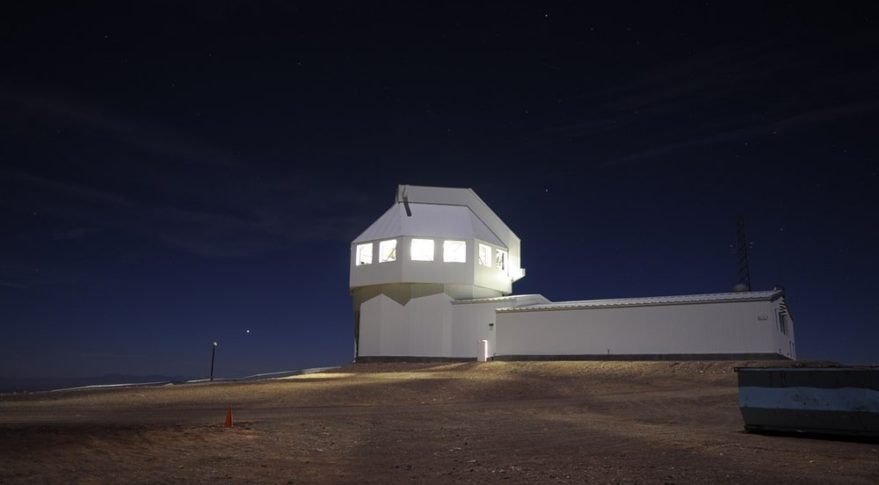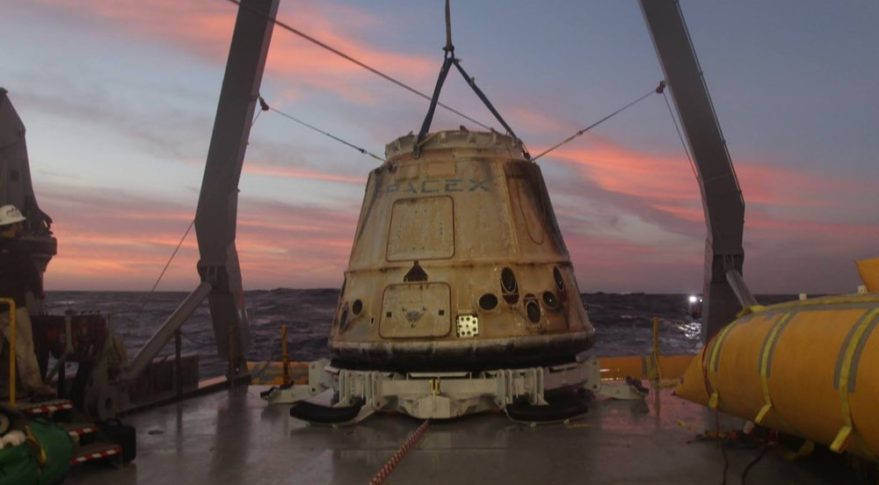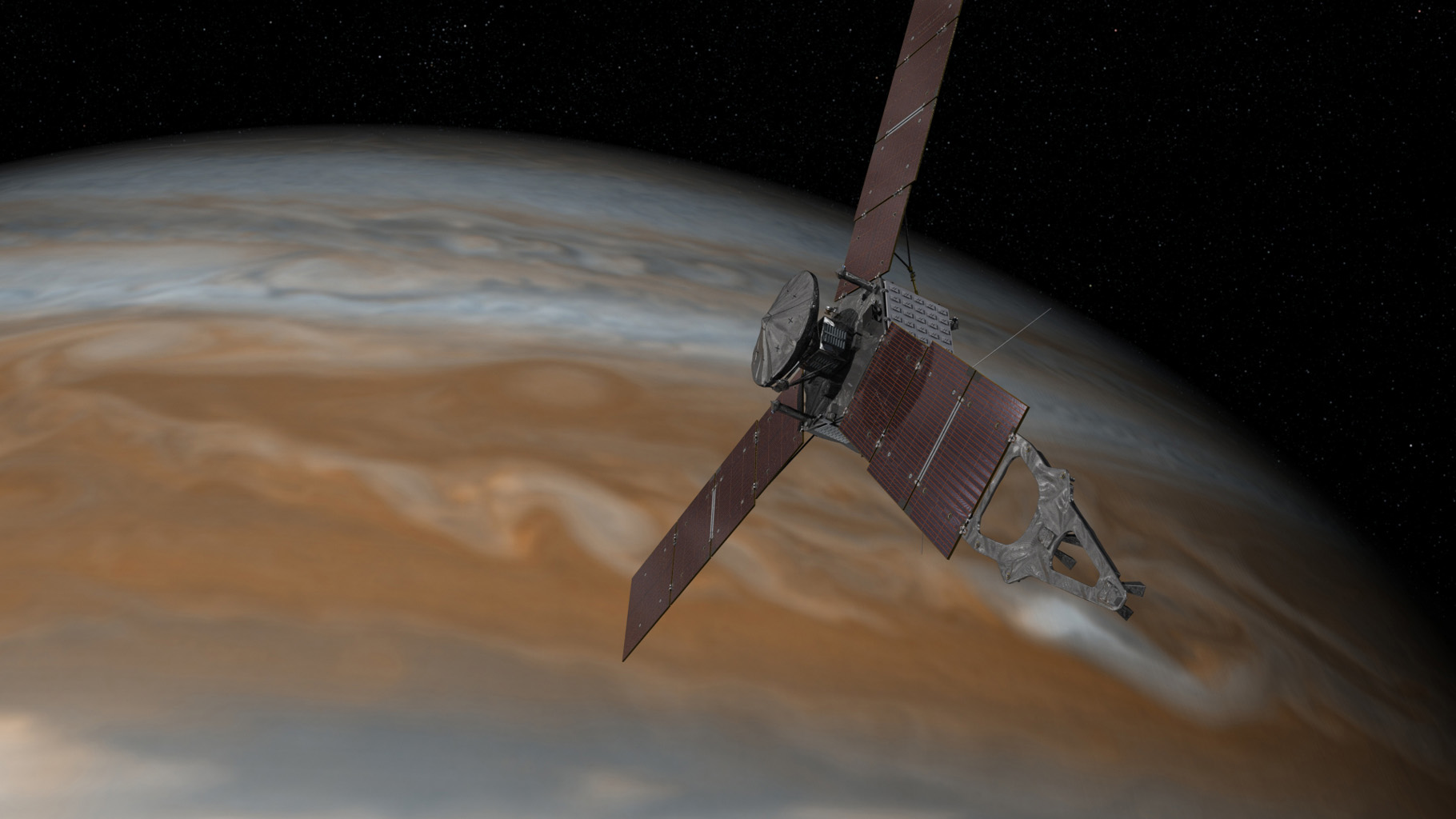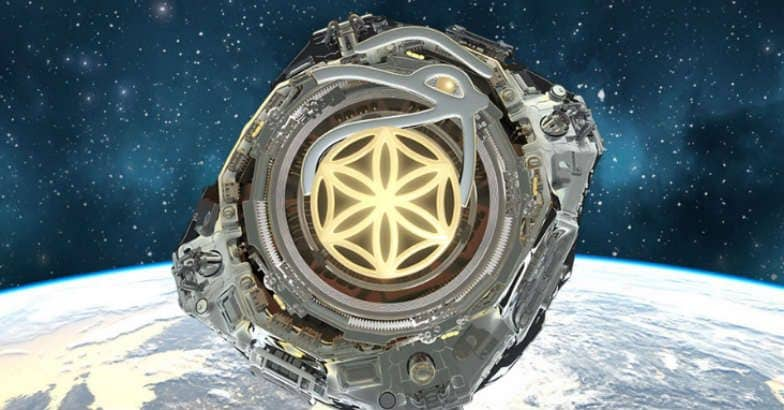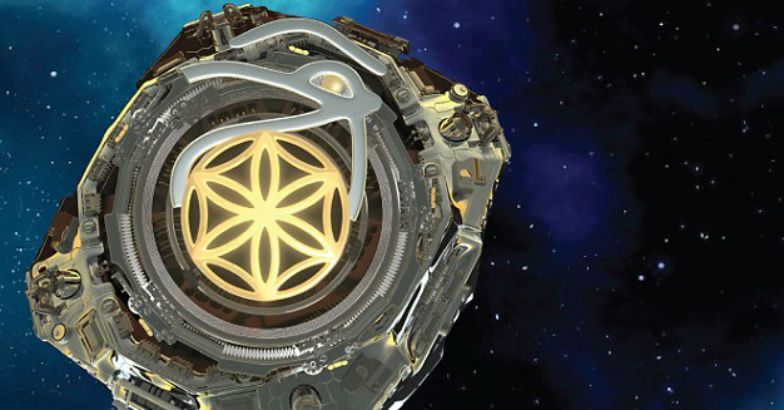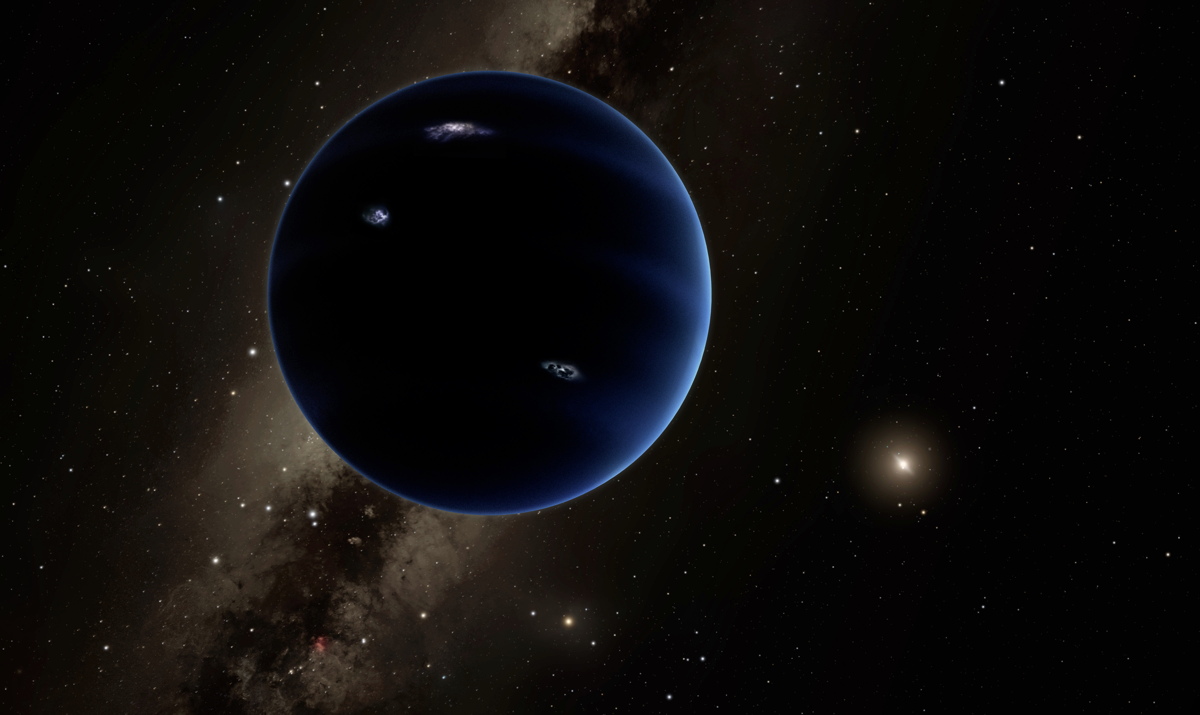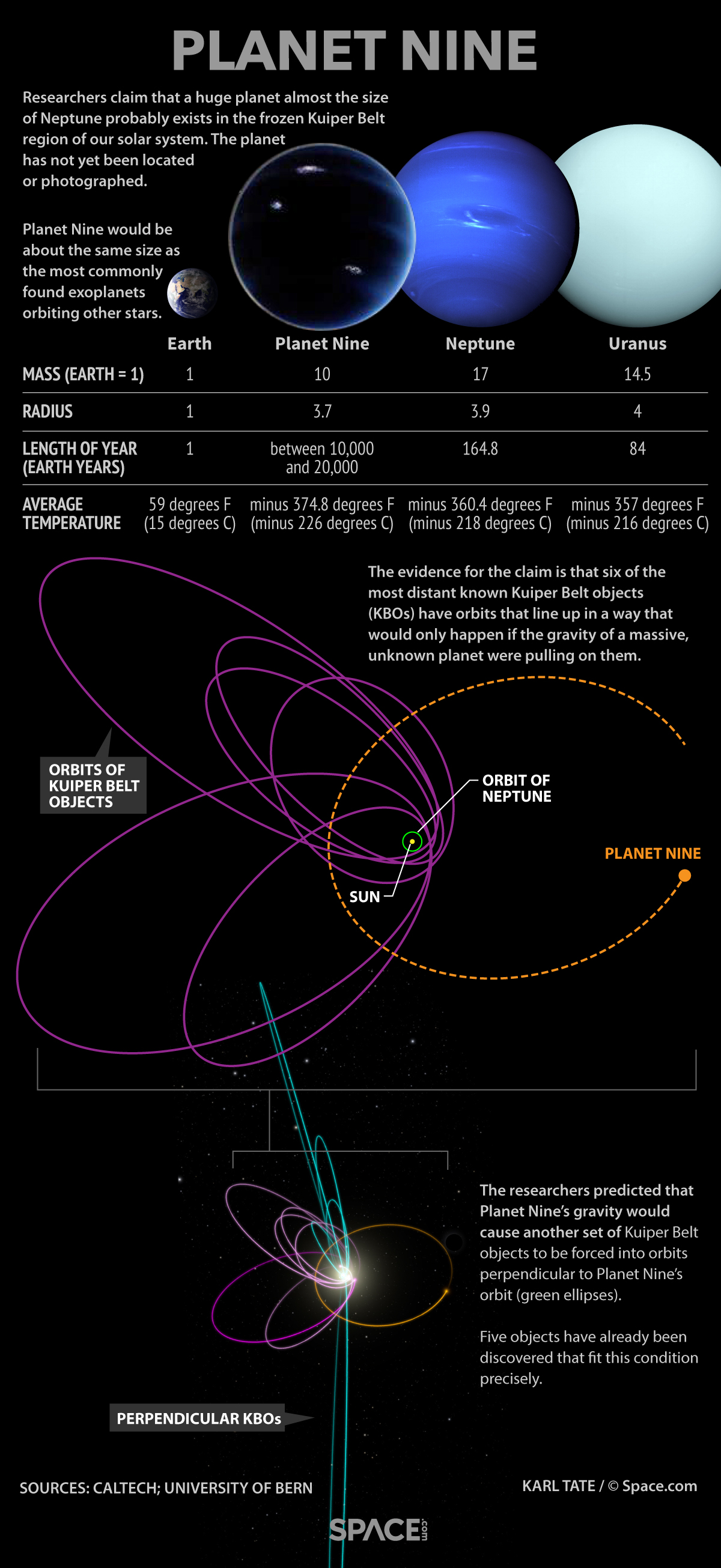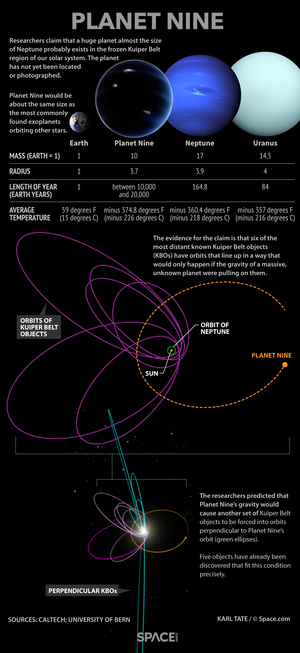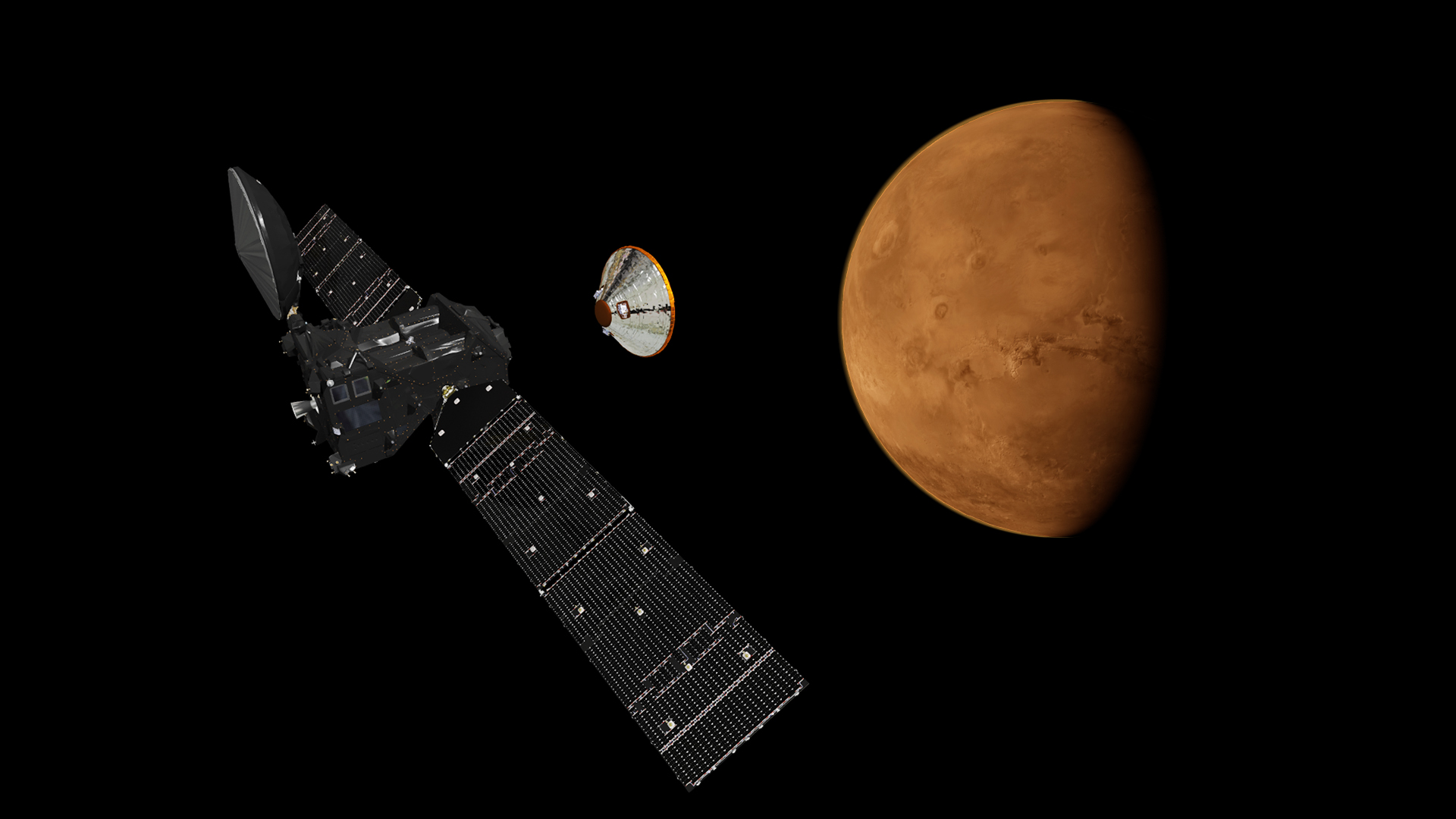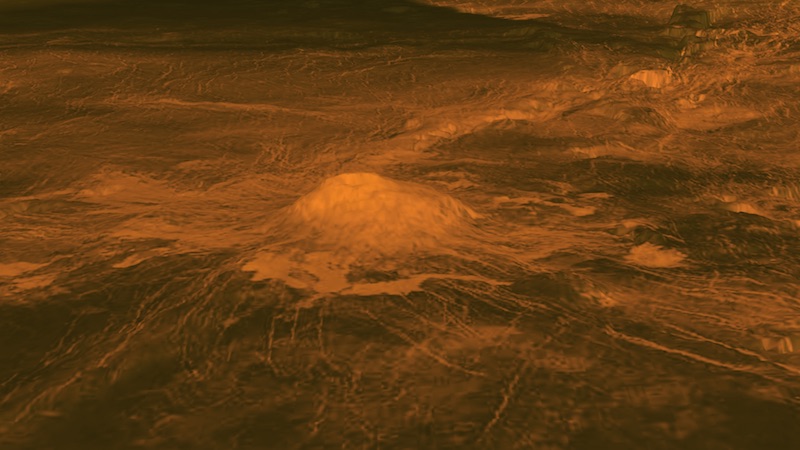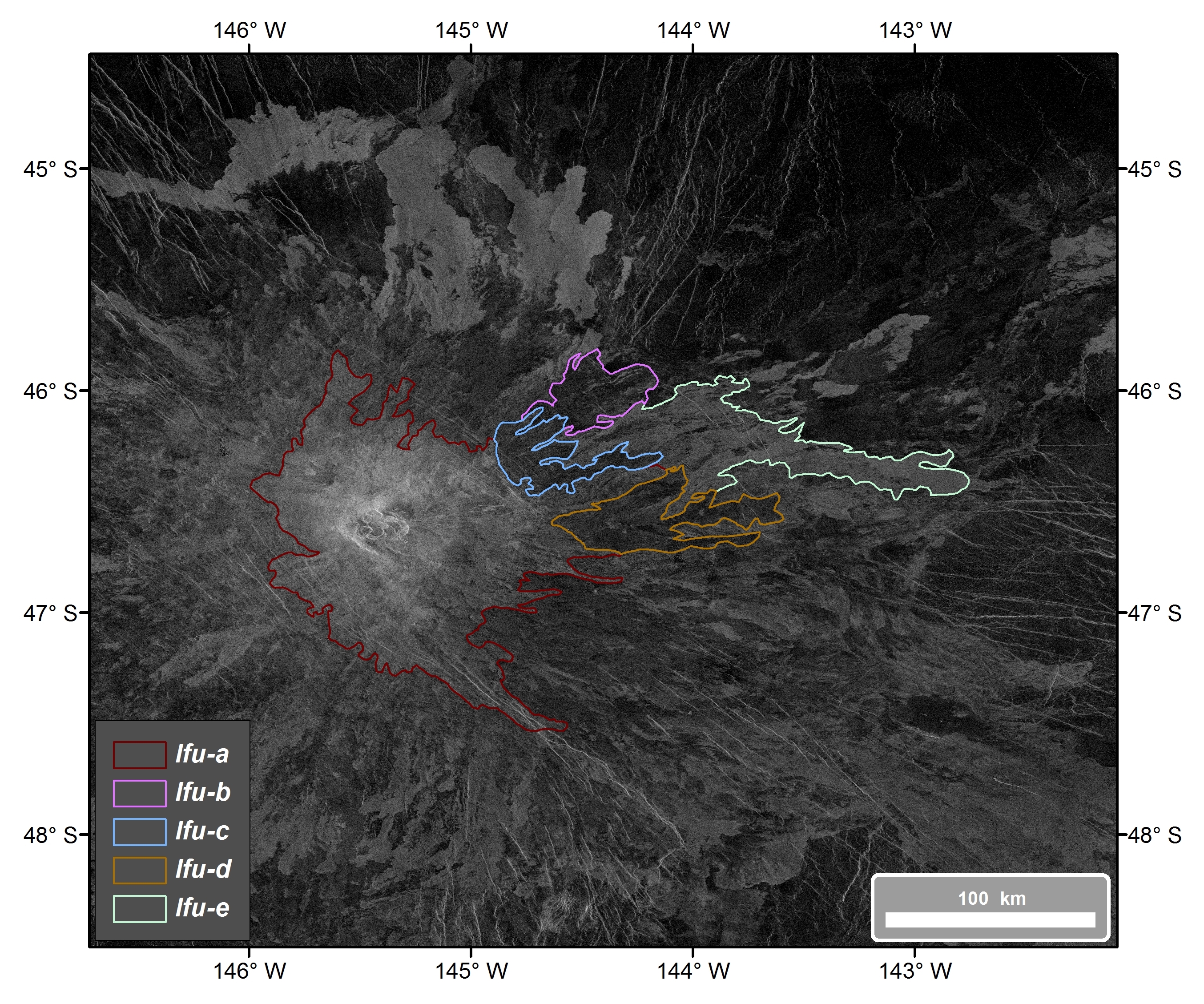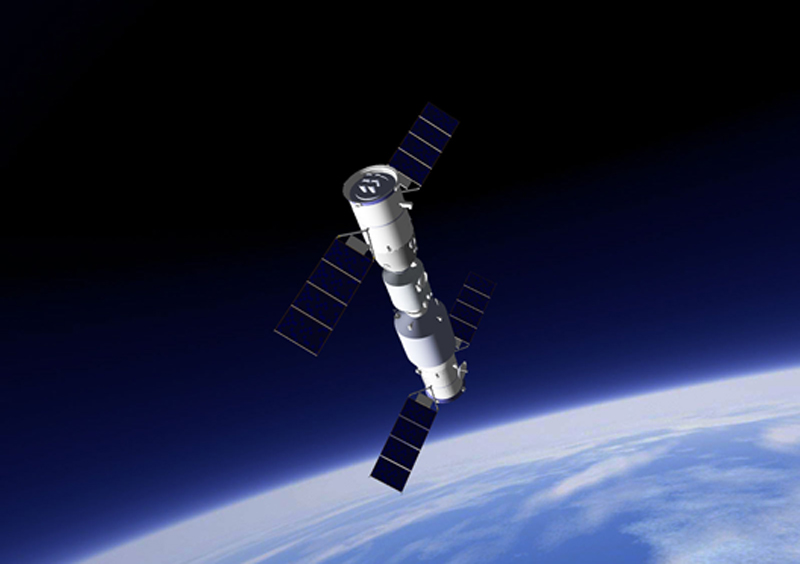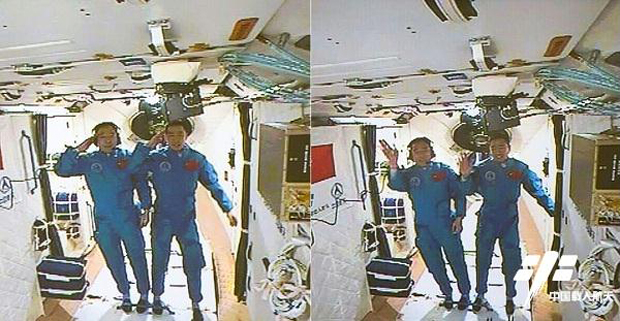സിറിയയിൽ എസ്-300വിഎം മിസൈൽ സിസ്റ്റം സ്ഥാപിച്ചതിന്റെ പേരിൽ അമേരിക്കയുമായി അടിയുടെ വക്കിലാണ് റഷ്യ. തങ്ങളുടെ സൈനികർക്ക് ഐഎസ് ഭീകരരിൽ നിന്ന് രക്ഷനൽകാനാണ് ഈ മിസൈൽ വിന്യാസമെന്ന റഷ്യയുടെ വാദം പക്ഷേ യുഎസ് അംഗീകരിച്ച മട്ടില്ല. സംഗതി മൂന്നാംലോകമഹായുദ്ധത്തിലേക്കു കടക്കുകയാണെന്ന വിധത്തിൽ റിപ്പോർട്ടുകൾ വരെ വന്നുകൊണ്ടിരിക്കുന്നു. #WW3 എന്ന ഹാഷ്ടാഗുമായി ‘ന്യൂക്ലിയർ വാർ’ വരെ ഉൾപ്പെടുത്തിയാണ് ട്വിറ്ററിലെ ചർച്ച. ഇങ്ങനെ റഷ്യയെന്ന പേര് ലോകം യുദ്ധവുമായി കൂട്ടിച്ചേർത്ത് വായിക്കുന്ന സമയത്താണ് അവിടെ നിന്നൊരു സമാധാന വാർത്ത, അതും ലോകനന്മയ്ക്കു വേണ്ടി.
യുദ്ധത്തിൽ നിന്നു മാത്രമല്ല ഉൽക്കകളുടെ ആക്രമണത്തിൽ നിന്നു വരെ ഭൂമിയെ രക്ഷിക്കാനുള്ള ‘ബഹിരാകാശരാഷ്ട്ര’മാണ് റഷ്യൻ ശാസ്ത്രജ്ഞനായ ഡോ.ഇഗോർ ആഷെർ ബെയ്ലിയുടെ നേതൃത്വത്തിലൊരുങ്ങുന്നത്. വിയന്ന ആസ്ഥാനമായി ഇദ്ദേഹം സ്ഥാപിച്ച ഏറോസ്പേസ് ഇന്റർനാഷനൽ റിസർച്ച് സെന്റർ എന്ന സ്വകാര്യ കമ്പനിക്കാണ് ഇതിന്റെ നിർമാണചുമതല. ‘അസ്ഗാർഡിയ’ എന്നു പേരിട്ടിരിക്കുന്ന ഈ രാഷ്ട്രത്തിലെ ‘പ്രജ’യാകാൻ ലോകത്തിന്റെ ഏതുഭാഗത്തു നിന്നുള്ളവർക്കും അപേക്ഷിക്കാം. (‘ദൈവം താമസിക്കുന്ന ഗ്രഹം’ എന്നാണ് നോർവീജിയൻ മിത്തോളജി പ്രകാരം ‘അസ്ഗാർ’ എന്ന വാക്കിന്റെ അർഥം)
അംഗത്വ റജിസ്ട്രേഷനായി https://asgardia.space എന്ന വെബ്സൈറ്റും ഒരുക്കിയിട്ടുണ്ട്. ഇതിനോടകം അഞ്ചു ലക്ഷത്തിലേറെപ്പേർ റജിസ്റ്ററും ചെയ്തു. ‘കേൾക്കുമ്പോൾ ഒരു വട്ടൻ റഷ്യൻ റോക്കറ്റ് ശാസ്ത്രജ്ഞന്റെ വാക്കുകളായി നിങ്ങൾക്കു തോന്നാം...’ എന്നാണ് അസ്ഗാർഡിയയെപ്പറ്റിയുള്ള വാർത്താസമ്മേളനത്തിൽ ഡോ.ഇഗോർ പറഞ്ഞതു തന്നെ. പക്ഷേ യൂറോപ്യൻ സ്പേസ് ഏജൻസിയിൽ വർഷങ്ങളുടെ പ്രവൃത്തിപരിചയമുള്ള ഗവേഷകർ ഉൾപ്പെടെയാണ് അസ്ഗാർഡിയക്കു വേണ്ടി പ്രവർത്തിക്കുന്നത്. യുനെസ്കോയുടെ സയൻസ് ഓഫ് സ്പേസ് കമ്മിറ്റി ചെയർമാനുമാണ് ഡോ.ഇർഗോ. കോർ സാറ്റലൈറ്റുകളുടെ ഒരു കൂട്ടം, ചെറുസാറ്റലൈറ്റുകളുടെ കൂട്ടം, സുരക്ഷിതമായ ഒരു സ്പേസ് പ്ലാറ്റ്ഫോം ഇതെല്ലാം ചേർന്നതായിരിക്കും അസ്ഗാർഡിയ. സംഗതി തമാശയാണെന്നു കരുതരുത്, ഈ ബഹിരാകാശ രാഷ്ട്രത്തിലേക്കുള്ള ആദ്യത്തെ സാറ്റലൈറ്റ് അടുത്തവർഷം അവസാനത്തോടെ പറന്നുയരും.
പക്ഷേ, അത്ര എളുപ്പമല്ല കാര്യങ്ങൾ
‘ഭൂമിയിലും ആകാശത്തും സമാധാനം’ ഇതാണ് അസ്ഗാർഡിയയുടെ പരമമായ ലക്ഷ്യം. ഒരു ‘സ്വതന്ത്രരാഷ്ട്ര’ത്തിന്റെ സ്വഭാവമായിരിക്കും ഇതിനും. ഭൂമിയിലെ ജനങ്ങളെ സംരക്ഷിക്കുക ഒപ്പം ബഹിരാകാശത്ത് സമാധാനം നിലനിർത്തുക-ഈ മുദ്രാവാക്യവുമായിട്ടായിരിക്കും അസ്ഗാർഡിയ ഭൂമിയെ വലംവയ്ക്കുക. പക്ഷേ ഈ ലക്ഷ്യം തന്നെയാണ് ഇത്തരമൊരു രാഷ്ട്രമെന്ന നീക്കത്തിന് തിരിച്ചടിയാകുന്നതും. നിലവിലെ രാജ്യാന്തര ബഹിരാകാശ ഉടമ്പടി പ്രകാരം സ്പേസിൽ ആർക്കും, ഒരുരാജ്യത്തിനും അങ്ങനെ പ്രത്യേകിച്ചുള്ള അധികാരങ്ങളൊന്നുമില്ല. അങ്ങനെയിരിക്കെ ‘റജിസ്റ്റർ’ ചെയ്ത വ്യക്തികളുമായി മാത്രം ഒരു ബഹിരാകാശ രാഷ്ട്രത്തിന്റെ കാര്യം ആലോചിക്കുക പോലും വേണ്ട. പക്ഷേ ഡോ.ഇഗോർ പ്രതീക്ഷയിലാണ്.
അംഗത്വറജിസ്ട്രേഷൻ പൂർത്തിയായ ശേഷം ആ വിവരങ്ങൾ ഉൾപ്പെടെ നൽകി ഐക്യരാഷ്ട്രസഭയ്ക്കു കീഴെ ‘സ്വതന്ത്രരാഷ്ട്ര’മായി അംഗീകരിക്കാനുള്ള അപേക്ഷ നൽകുമെന്നാണ് അദ്ദേഹം പറയുന്നത്. അസ്ഗാർഡിയക്ക് സ്വന്തമായി ഭരണഘടനയും ഗവണ്മെന്റും വിവിധ രാജ്യങ്ങളുടെ എംബസിയും ദേശീയഗാനവും പതാകയും ദേശീയ ചിഹ്നവുമൊക്കെയുണ്ടാകും. ഭൂമിയിലിരുന്നായിരിക്കും നിയന്ത്രണമെന്നു മാത്രം. ഇവിടേക്കു വരാൻ പാസ്പോർട്ടും വേണം. ലോകത്തെ ആദ്യ ബഹിരാകാശ രാഷ്ട്രത്തിനു വേണ്ടിയുള്ള പതാകയും ദേശീയഗാനവും ചിഹ്നവും തയാറാക്കാനുള്ള മത്സരം പൊതുജനങ്ങൾക്കായി വെബ്സൈറ്റിൽ ആരംഭിച്ചു കഴിഞ്ഞു.
ഉൽക്കകളെ തടയും, സൗരവാതത്തെയും
ഭൂമിക്കു നേരെ മുഴുവൻ സമയവും നിരീക്ഷണമുണ്ടാകും അസ്ഗാർഡിയയിൽ നിന്ന്. ഒപ്പം ബഹിരാകാശത്തേക്കുമുണ്ടാകും കണ്ണുകൾ. ഉൽക്കകൾ, ഛിന്നഗ്രഹങ്ങൾ, സൗരവാതം തുടങ്ങിയ ഭീഷണിയെപ്പറ്റി നേരത്തേത്തന്നെ മനസിലാക്കി അവ ഭൂമിയിലേക്കു പതിക്കാതെ ബഹിരാകാശത്തു വച്ചു തന്നെ ‘തീർക്കാനുള്ള’ പദ്ധതിയുമുണ്ട് ഡോ. ഇഗോറിന്റെ മനസിൽ. ബഹിരാകാശത്ത് ആയുധം സംഭരിച്ചും സാറ്റലൈറ്റുകളെ തകർത്തും വിവിധ രാഷ്ട്രങ്ങൾ ലക്ഷ്യമിടുന്ന ‘സ്പേസ് വാർ’ ഒഴിവാക്കാനുള്ള ശ്രമവും അസ്ഗാർഡിയ നടത്തും. കൂടാതെ ഭൂമിയിലെ അവികസിത രാജ്യങ്ങൾക്കു പോലും സ്പേസ് ടെക്നോളജി ലഭ്യമാക്കും വിധം പരീക്ഷണങ്ങൾക്കുള്ള സൗകര്യവുമൊരുക്കും.
പക്ഷേ ഭൂമിയിൽ എന്തെങ്കിലും പ്രശ്നമുണ്ടായാൽ ഇവിടേക്ക് രക്ഷപ്പെട്ടുകളയാമെന്നൊന്നും റജിസ്റ്റർ ചെയ്തവർ കരുതേണ്ട. മനുഷ്യന് ഇവിടേക്ക് സ്ഥിരമായി താമസിക്കാനാകും വിധത്തിൽ സാങ്കേതികത വളരാൻ ഇനിയുമേറെ വർഷങ്ങളെടുക്കും. മാത്രവുമല്ല ബഹിരാകാശ ഗവേഷകർക്കും പിന്നെ അസ്ഗാർഡിയക്കു വേണ്ടി പണം മുടക്കിയിട്ടുള്ളവർക്കും മാത്രമാണ് ആദ്യഘട്ടത്തിൽ അംഗത്വം ലഭ്യമാക്കുക. ക്രൗഡ് ഫണ്ടിങ് വഴിയും പണം ശേഖരിക്കാനൊരുങ്ങുകയാണ് ഡോ.ഇഗോറും സംഘവും.





